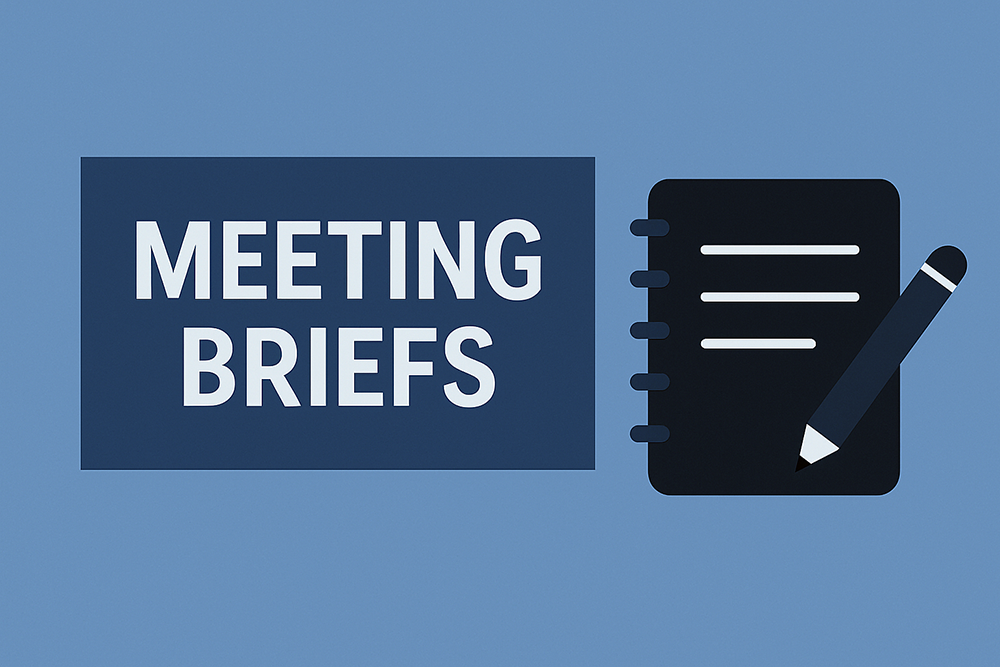
Everyday Economics: Jobs, Waller and whether the Fed can thread the needle
Last week, new Federal Reserve Governor Stephen Miran defended his lone dissent in favor of faster, deeper interest rate cuts. His argument: “Nonmonetary forces” (tariffs, border and tax policy, trade renegotiation) have likely pushed the neutral rate lower, implying economic growth will be slower over the long run and current Fed policy is very restrictive.
Chair Jerome Powell avoided weighing in on White House policy, but flagged a tricky balance: upside risks to inflation and downside risks to employment at the same time – leaving little room for error and reinforcing a cautious path to easing. Markets read his stance as hawkish vs. traders’ quicker-cut hopes.
This week, keep an ear out for Governor Christopher Waller. He has become one of the most closely watched Fed voices on the economic outlook. He’s on the docket to speak in the days ahead, and markets increasingly take cues from him.
The main event: September jobs
August payrolls rose just 22,000, and the jobless rate climbed to 4.3% – classic “stall speed.” Slower hiring broadened beyond interest-rate-sensitive sectors, with only pockets of strength (notably health care). The question for Friday: Was this summer a blip, or the new baseline?
Two cross-currents to frame expectations:
Hiring might be frozen but layoffs also remain low and the workforce is shrinking. Initial jobless claims spiked in early September but have since fallen back toward 218,000, and continuing claims edged lower. That suggests layoffs have ticked down and fewer people are actively looking for work. As a result, the unemployment rate could remain somewhat stable.Pay after inflation slipped. Real average hourly earnings fell 0.1% month oveer month in August (up modestly year over year), a sign household purchasing power is wobbling as prices re-accelerate. Weak real wage momentum tends to cap consumer demand without stoking a wage–price spiral.
What to watch in the report
Headline payrolls: Anything near zero would validate stall-speed.Jobless rate and participation: Unemployment has risen three months running; labor force participation is down vs. a year ago, which can mask underlying weakness.Diffusion across sectors: Are losses widening across all sectors? Breadth matters for recession risk.
Also on deck
ISM Manufacturing & Services PMIs: Timely reads on orders, hiring, and prices. Watch whether input-cost pressure from tariffs is bleeding into services prices.Auto sales (SAAR) and construction spending will round out the goods and building picture.
What it means for the Federal Reserve
If September jobs confirm weak payroll growth, slightly higher unemployment, and tame real wage momentum, the bar for a near-term cut remains low. But Powell’s two-sided risk framing still applies: a hot wage or price surprise would slow the pace of easing. In other words, the path to lower rates likely looks gradual, not a cliff dive.
Latest News Stories

District 161 to Charter New Special Scouting Unit for Students with Disabilities

Sheriff’s Office Reports Crime Down 10%, Cites Body Cam Footage as Main Challenge of Safety Act
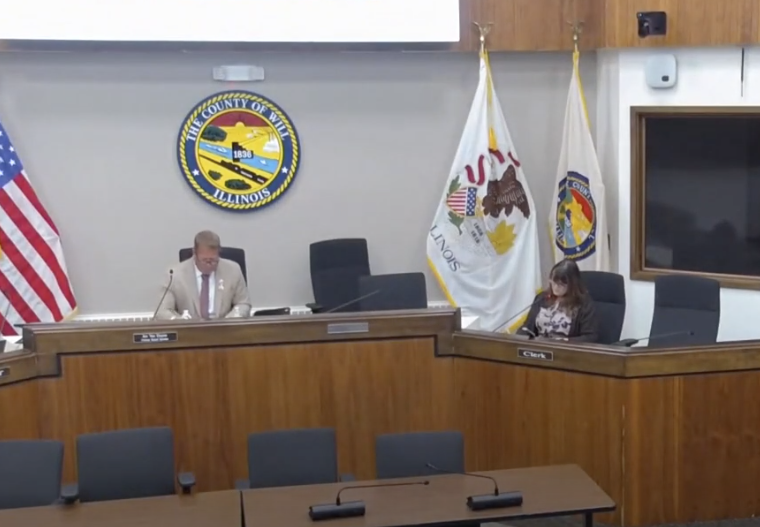
Will County Considers Moving Land Use Public Hearings Away from Full Board Meetings

Federal judge grants Illinois restraining order against Trump for Guard deployment

Illinois quick hits: Another quantum company announced for incentives
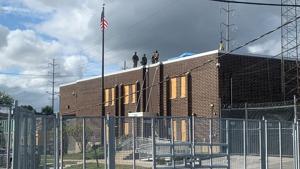
WATCH: Noem says DHS ‘doubling down’ in Chicago

Illinois gas price drop sparks mileage tax talk, road fund healthy

Biden deal with activists limits Trump’s ability to arrest illegal immigrants

WATCH: US DHS looking to buy more property in Chicago for Trump law enforcement efforts

Hundreds of National Guard activated in Illinois
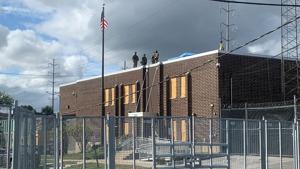
Illinois quick hits: Texas Guard arrives in Broadview; former governors join case against Trump
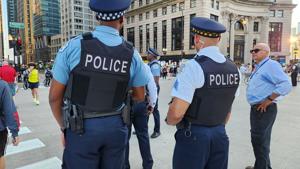
Officials, police criticize Chicago ICE stand-down; CPD says officers responded

WATCH: Pritzker tells Trump ‘come and get me;’ SCOTUS hears ballot counting case
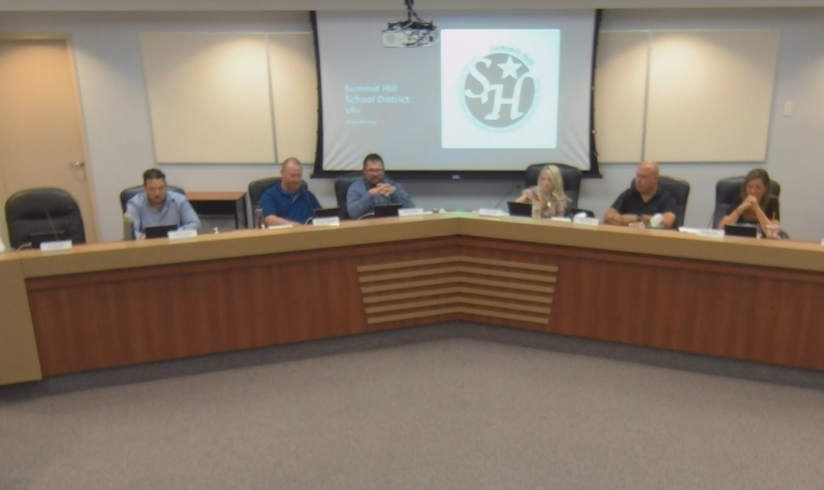
Deniz Aslan Appointed Interim Director of Curriculum at Summit Hill 161
